Huck’s "Greatest HITS”
2012 marked the launch of the Huck Innovative & Transformational Seed (HITS) Fund. It was our call for bold, high-risk life sciences research projects that would be deemed too risky to attract NSF or NIH grants, but which promised potentially high returns for science if successful.
Forty proposals were submitted. Twenty were considered risky enough to consider. The four below were considered promising enough to support. The outcomes speak for themselves.
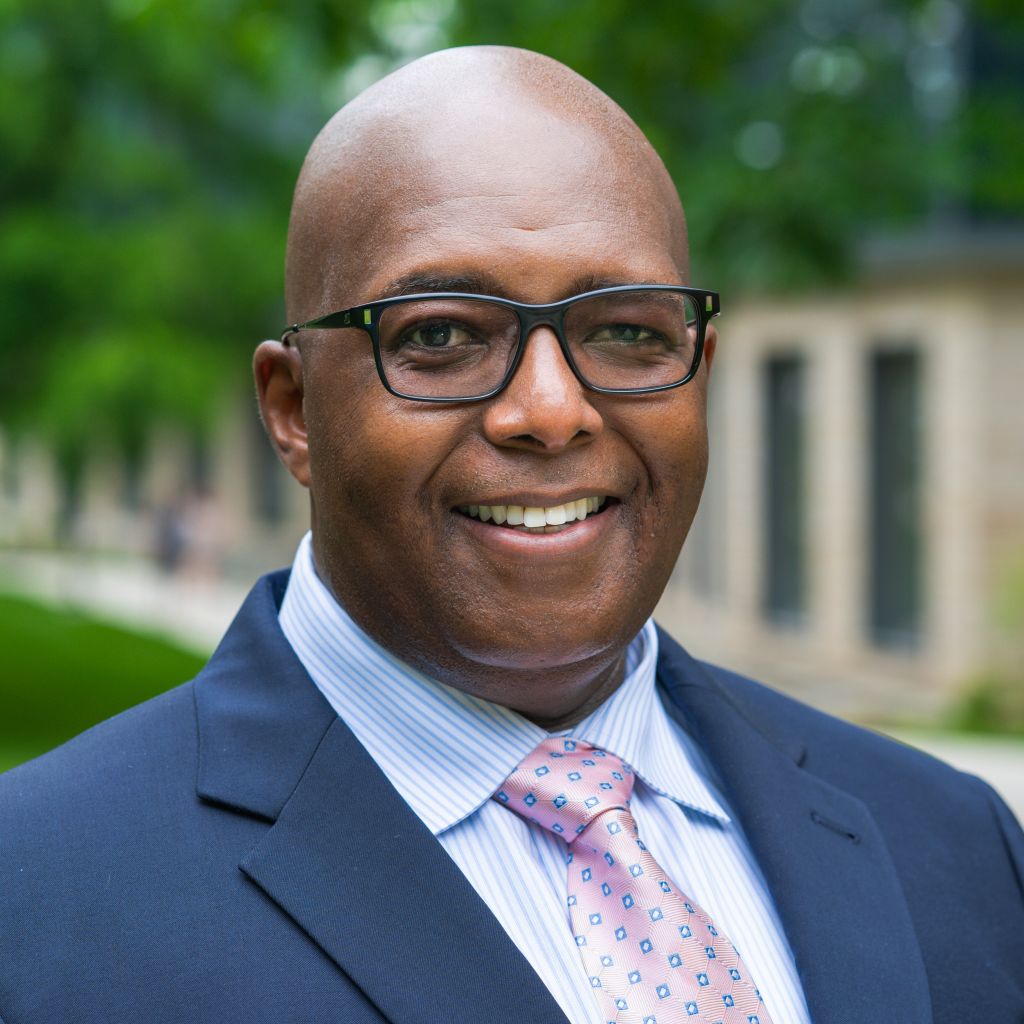
Single-Cell Virology: Craig Cameron
The Promise: Improve antiviral drug design by monitoring the behavior of viruses at the cellular level.
The Risk: The tools needed to prove out the concept had not yet been fully developed.
The Outcomes: HITS funding supported the building of a new microfluidic device, enabling simultaneous viral monitoring of thousands of cells. Subsequent work led to an NIH grant and papers in the journals Cell Reports and Science Advances.
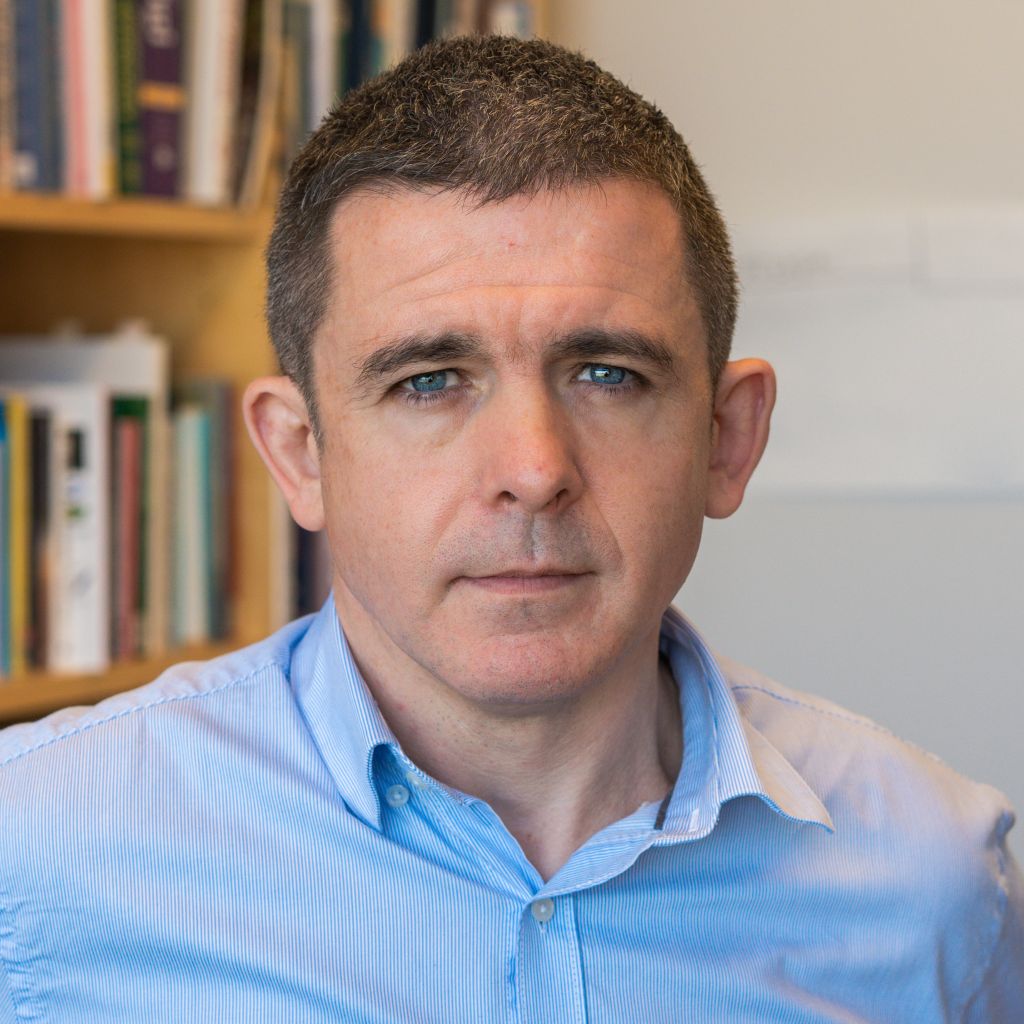
Plant Village: David Hughes
The Promise: Leverage advances in AI, cloud computing, drones and satellites to take Penn State’s land grant mission of agricultural extension global.
The Risk: Decades of failure building extension systems in low-resource countries.
The Outcomes: A cellphone AI assistant that provides expert-level skills in pests and assesses climate change risk. Adopted by the U.N. with funding from Gates Foundation, Schmidt Futures, CGIAR and the governments of Norway, Ireland and Belgium. Instrumental in mitigating the 2020 East African locust crisis.
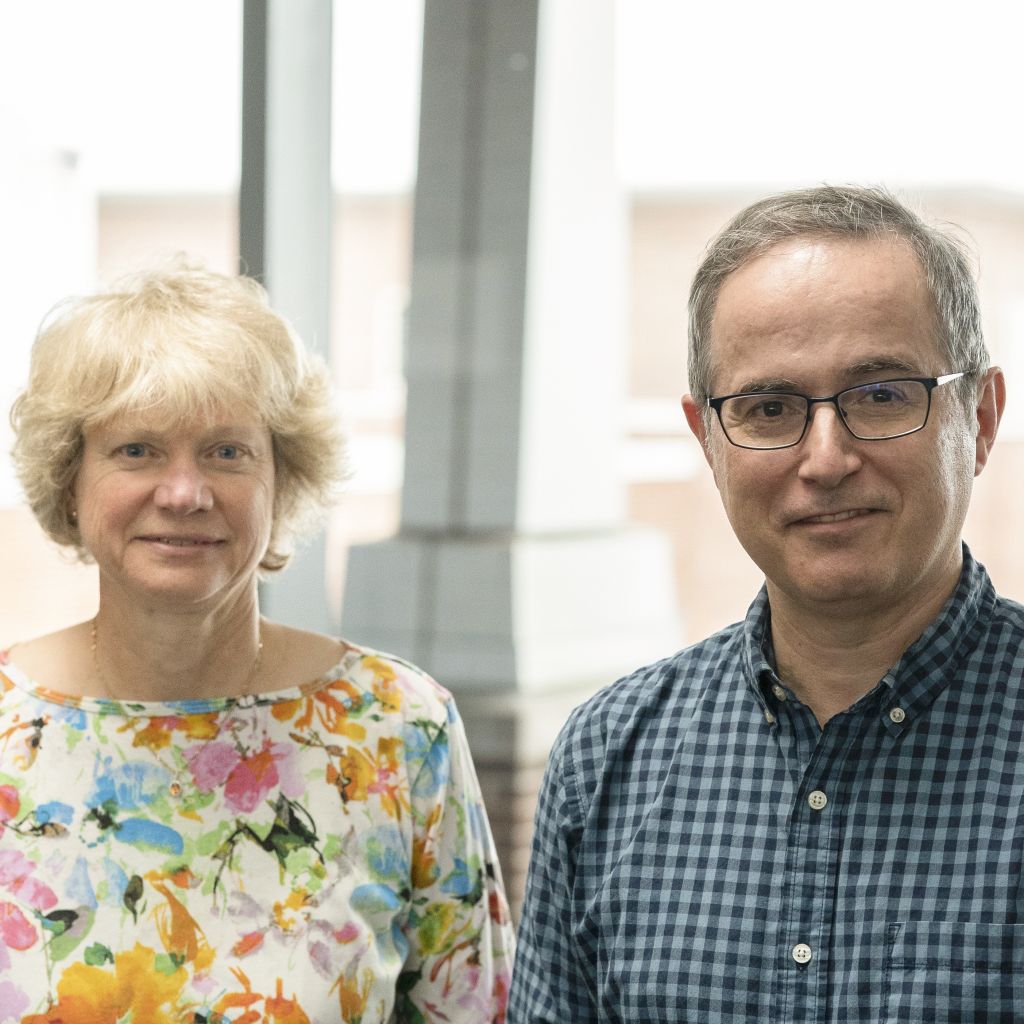
Heat Sensing in Plants: Sally Assmann & Phil Bevilacqua
The Promise: Combine RNA chemistry, genomics, and computational biology to glean novel insights into the way plants sense and react to heat and drought conditions in the environment.
The Risk: The researchers had very little preliminary data and sought to combine disciplinary approaches in a completely new way that broke down traditional barriers between biology and chemistry.
The Outcomes: HITS funding enabled the researchers to investigate the link between hotter temperatures and RNA structures in plants. The work led to a 2013 paper in Nature and NSF funding in 2014. Their continued work holds the potential to help us understand how farmers might one day produce crops more resistant to heat and drought
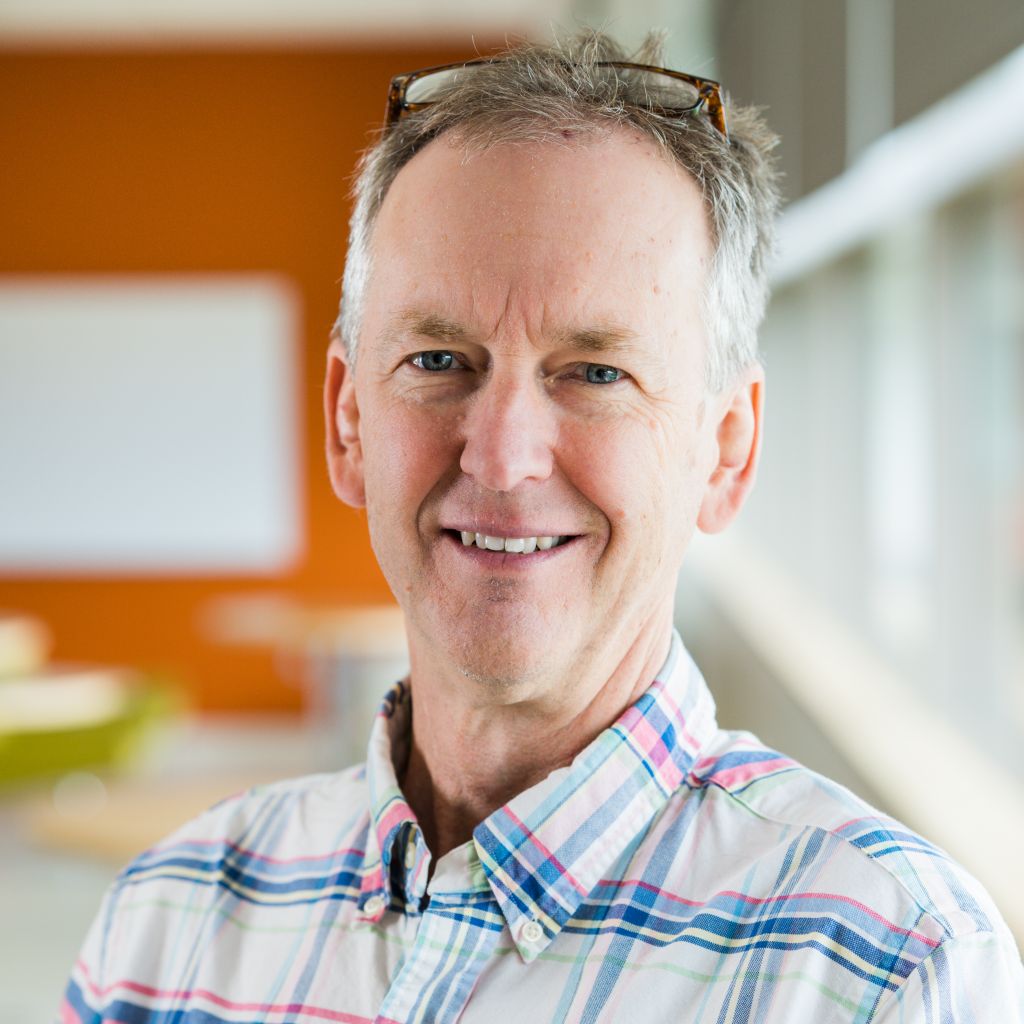
Optimal Porosity: James Marden
The Promise: Gain new insights on animal design & metabolism by determining how and why organisms replace useful cells with empty spaces to create pathways for oxygen delivery.
The Risk: The researcher had no preliminary data.
The Outcomes: After hitting an insurmountable computational roadblock, the researcher pivoted to another line of inquiry that resulted in 2016 papers in PNAS and Genetics.
Recent Past Projects

Multi-action bioabsorbable alpha emitting seeds for intraoperative low- dose-rate brachytherapy for breast cancer: Dipanjan Pan (with Viviana Posada)
The Problem: Conventional breast cancer therapies are proving inefficient as tumors are beginning to develop resistance to drug and radiation therapies over time.
The Idea: Researchers hope to place a novel biodegradable implant material into the human body that will emit dual action chemistry and radiation to exterminate tumors before the material itself degrades to nothing. Contrary to conventional drug therapies, this implant does not utilize any external chemotherapeutics; instead, it degrades gradually to release hydrogen gas that is chemotherapeutics.
The Risk: Combining radiation and intrinsically generated therapies from the implant within one biodegradable material is a technology that has not been previously employed. In addition, there is no information as to whether radiation and chemotherapy will act synergistically.
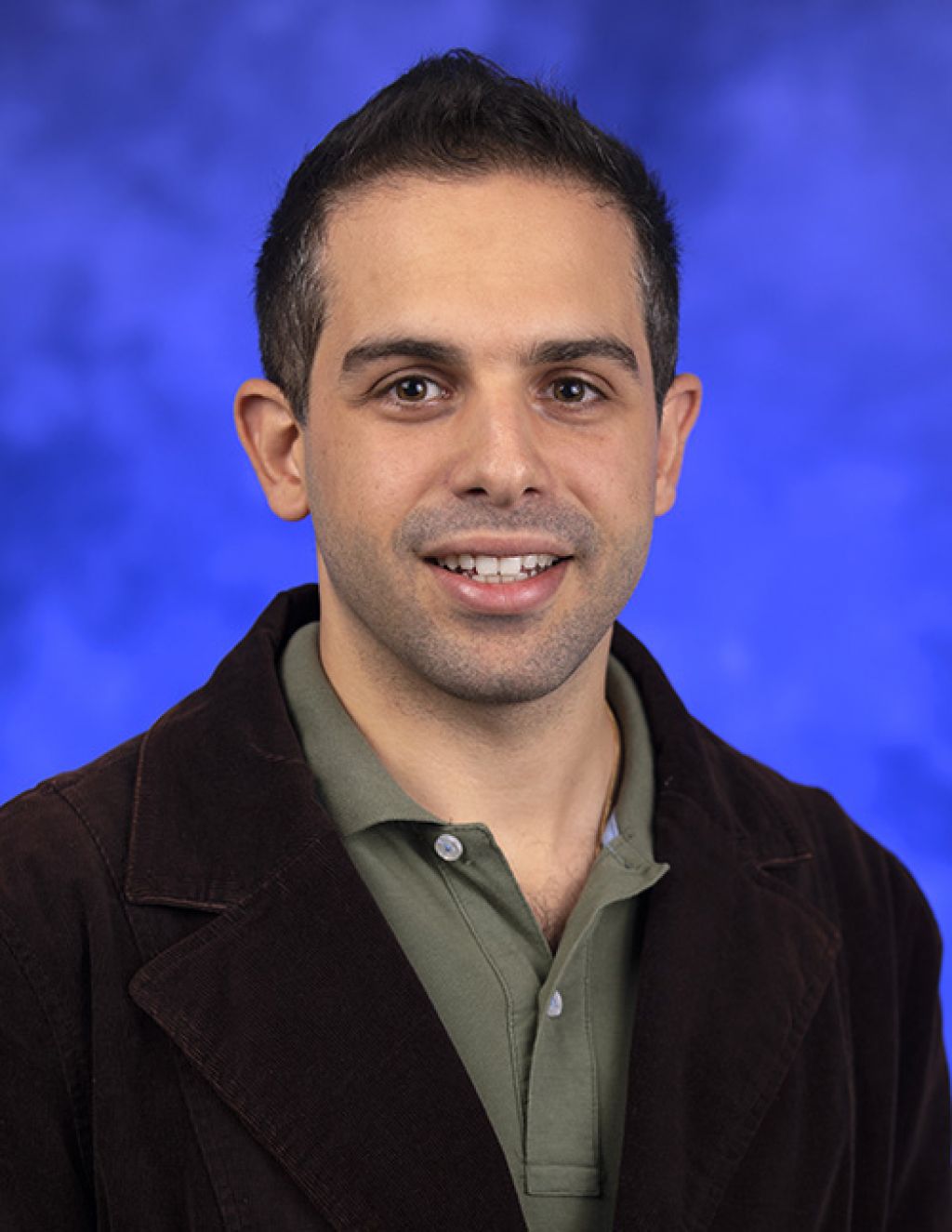
Quasi-primes: A novel method of pathogen detection based on the shortest DNA sequences in each pathogen to halt nosocomially acquired infections: Ilias Georgakopoulos-Soares
The Problem: Hospital infectious agents put patients at risk of acquiring a wide range of illnesses. Current standard technology is slow and unequipped to test for various pathogens at once.
The Idea: Create a rapid and universal diagnostic for hospital infectious agents using quasi-prime identifications of short unique DNA sequences. With a library of DNA sequences from all strains of pathogens, one diagnostic would be able to identify all infectious agents.
The Risk: This novel method of pathogen detection is a computational approach that is currently unproven.
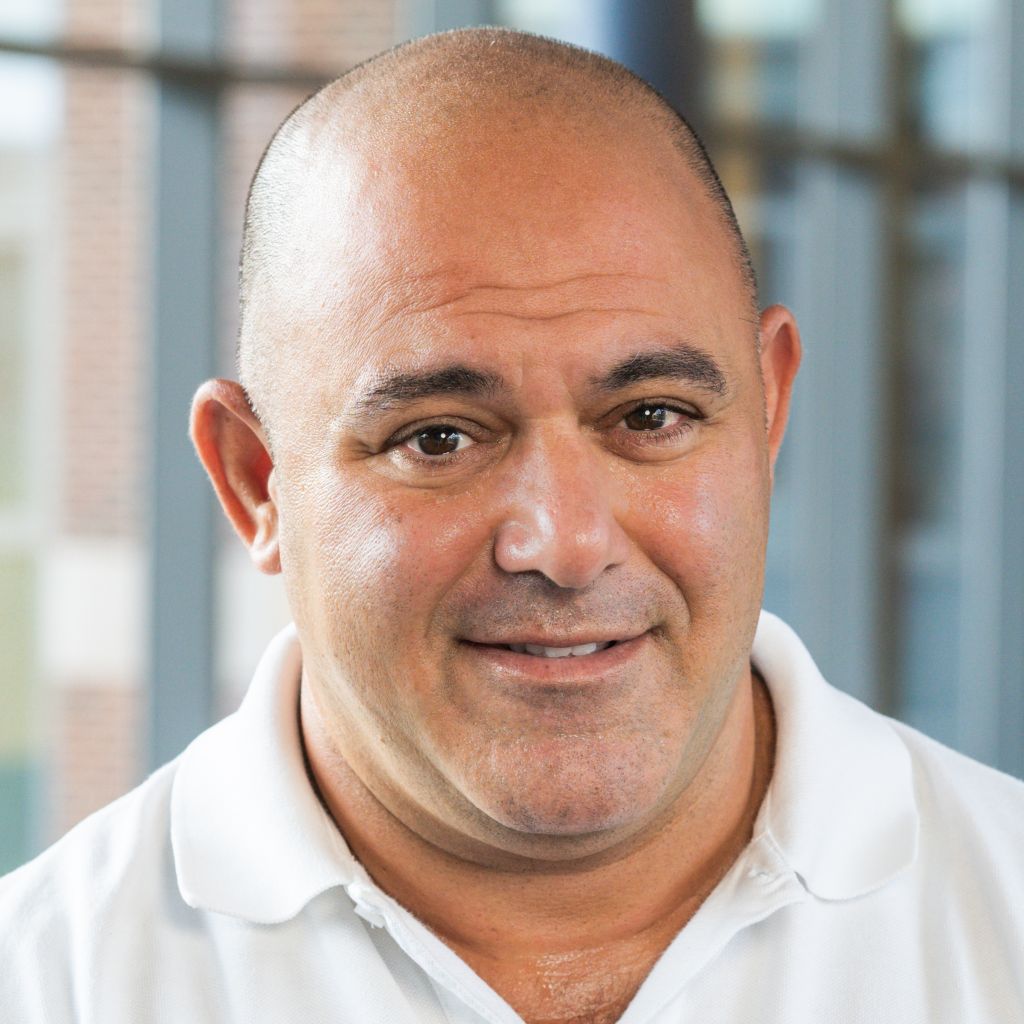
Viral-induced proteostatic alterations of the muscle-immune nexus: Gustavo Nader (with Margherita Cantorna)
The Problem: To date, no one has determined the molecular basis of how viruses cause muscle wasting in individuals who have chronic viral infections.
The Idea: The researchers hypothesize that when viruses infect skeletal muscle, they change the ribosomes and affect how they work, thus disrupting the host’s protein synthesis machinery, which is necessary for muscle maintenance. They seek to determine if this is the cause of muscle wasting in individuals with chronic viral infections.
The Risk: The hypothesis has yet to be explored. To do so will require the development of novel tools that do not yet exist.
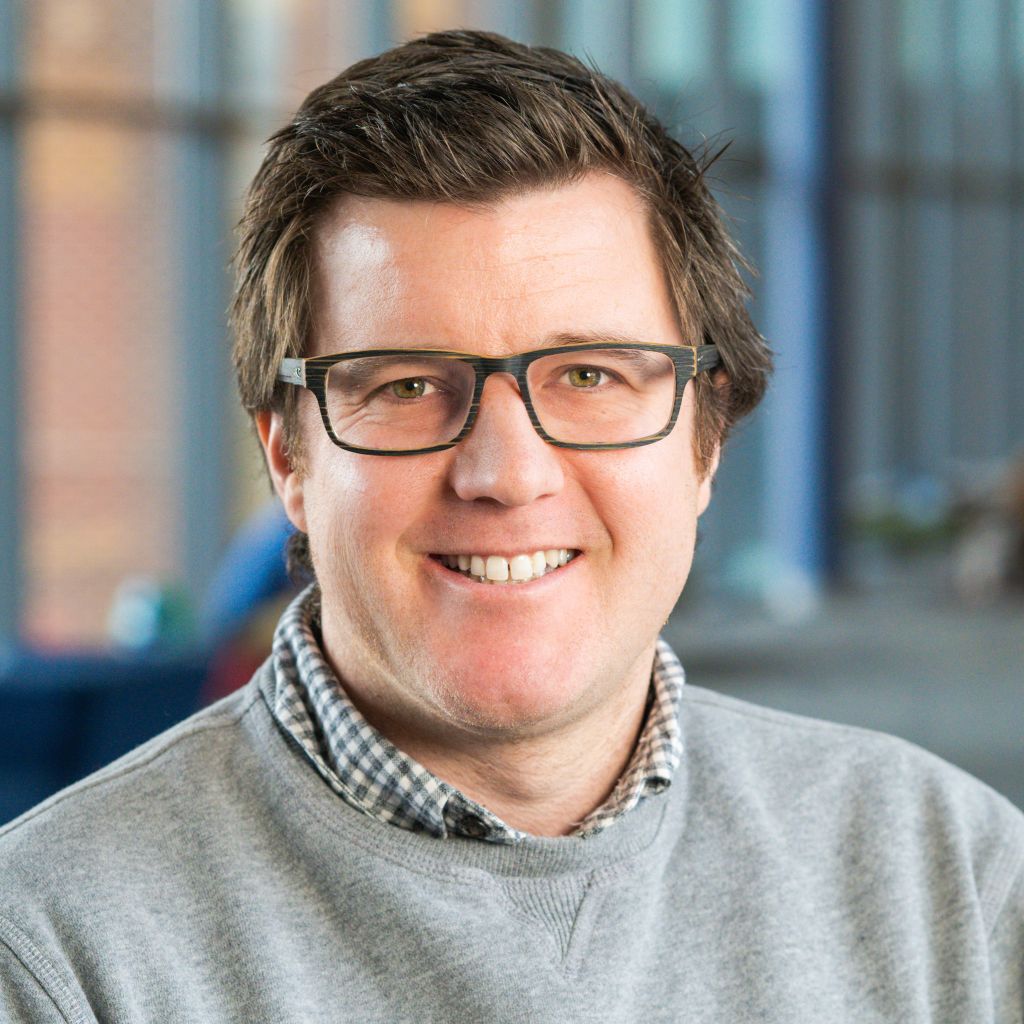
Delivery and translation of gene drives to combat resistance evolution in cancer: Justin Pritchard
The Problem: Conventional lung cancer therapies lose functionality as drug remedies stop working overtime, due to evolved drug resistance in the tumor.
The Idea: Genetically engineer tumor cells with manipulated suicide genes that activate once the genetically engineered cells spread throughout and take over the tumor.
The Risk: Inserting genes into cancer cells is an unproven approach that has yet to be approved by the FDA.
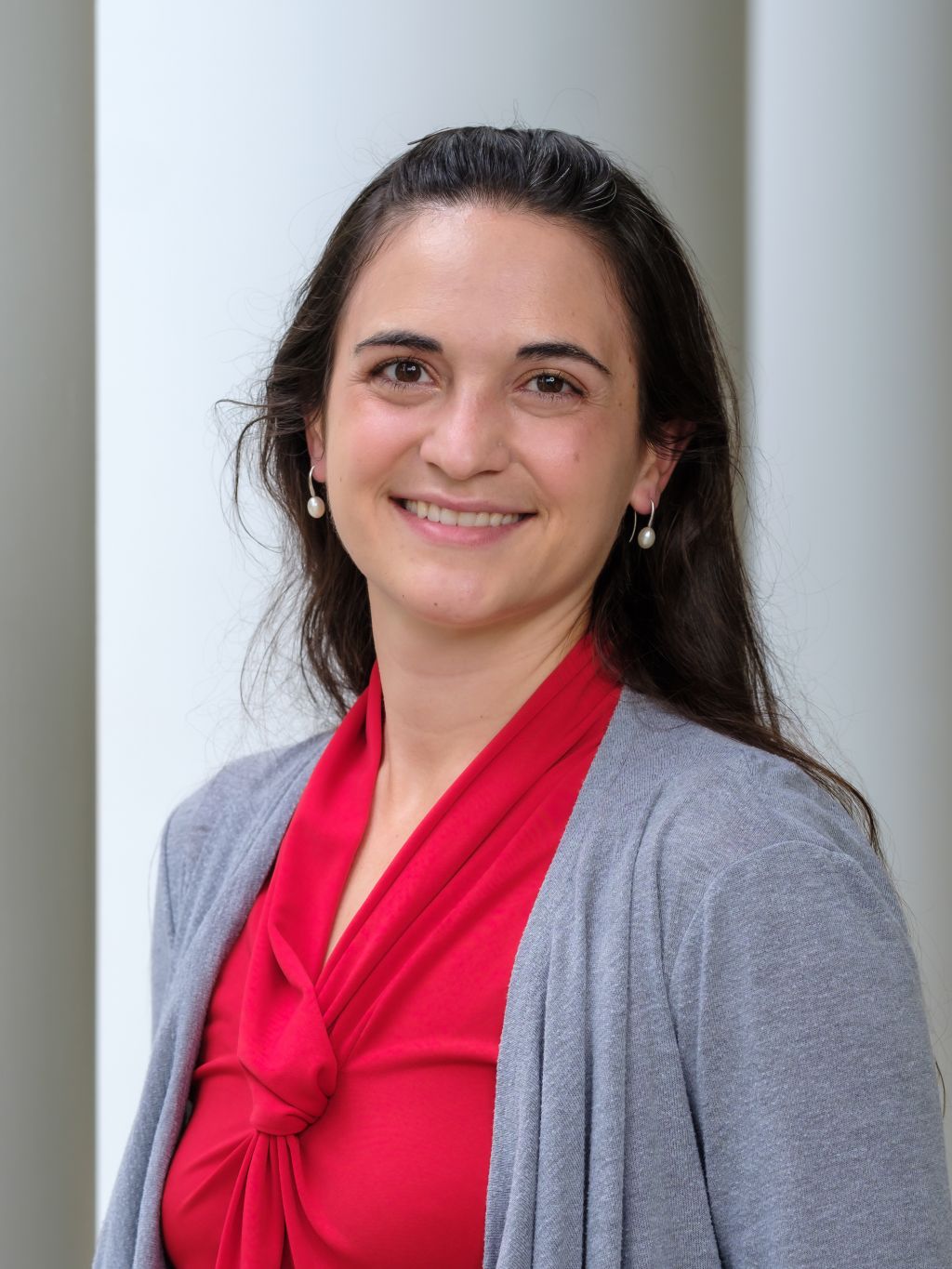
Bridging the Knowledge Gap on Human Mammary Insufficiency Lipid Metabolism and Vitamin D as Predictors of Breastfeeding Outcomes: Rachel Walker
The Problem: Mothers in resource-poor environments have higher rates of both infection and nutritional deficiencies. This may lead to chronic inflammation and low milk production, leading to numerous maternal and infant health issues.
The Idea: Supplement mothers with Vitamin D breast milk to improve maternal and infant health.
The Risk: The Vitamin D supplementation could fail to make a significant impact on breastfeeding.

Novel Mechanisms in Disease Resistance and RNA: Sally Assman and Phil Bevilacqua
The Problem: Fungi infect nearly all crops and lead to loss of vast amounts of global food supply annually.
The Idea: Discover and harness RNA-based mechanisms to combat this biotic stress.
The Risk: The feasibility and efficacy of these mechanisms to kill fungi is unproven and needs to be established in vivo before application to crops.
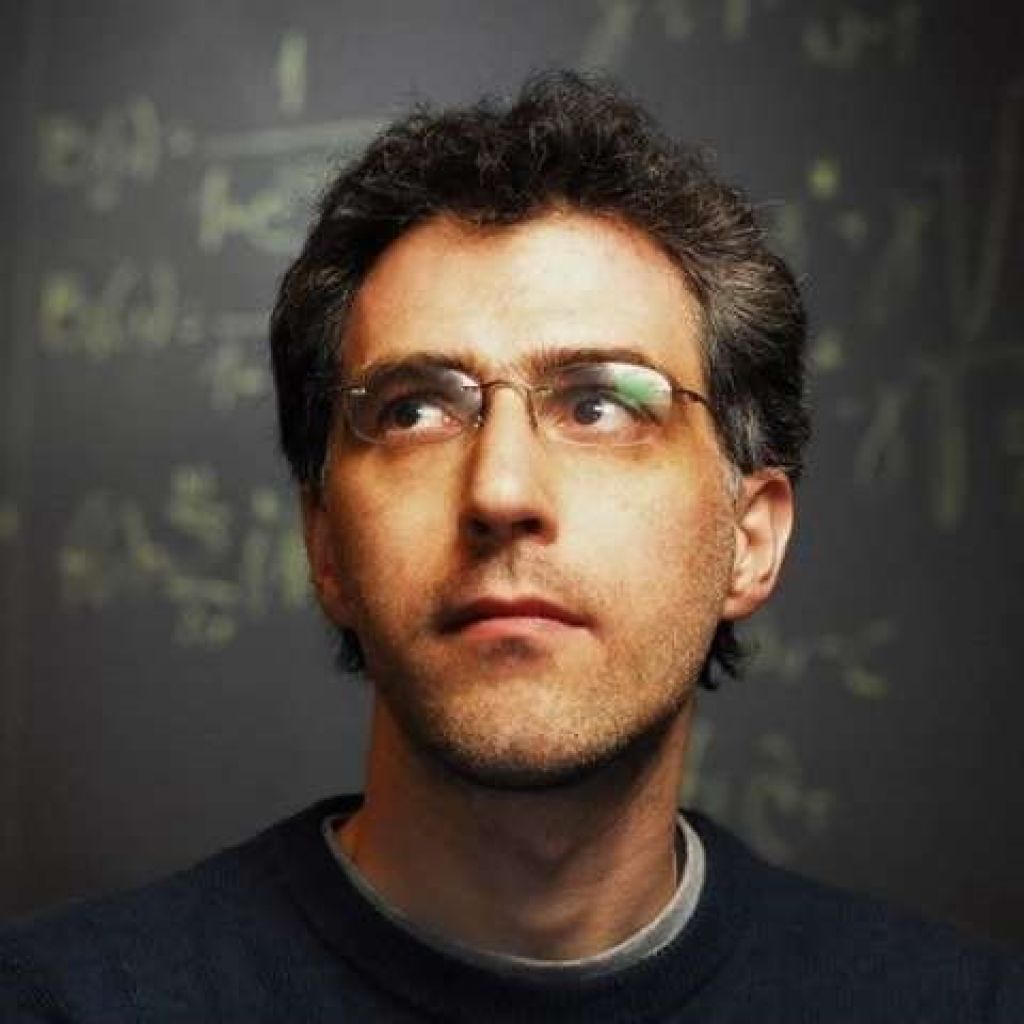
Covid-19 Therapy Using Synthetic Defective Interfering Miniviruses: Marco Archetti
The Problem: We still need therapies for Covid-19. Remedesivir has proven ineffective and is contra-indicated in severe cases. And even if vaccines prove effective, we’ll need drugs for at-risk groups and populations with infrastructure that limits virus distribution.
The Idea: Use synthetic defective interfering (DI) particles as a self-promoting, evolution-proof therapy that replicates 3 times faster than SARS-CoV-2 in infected cells and reduces the amount of virus by 50% in 24 hours. This method could be applied to other viruses as well.
The Risk: The use of DIs as antivirals was suggested in the 80s but never pursued. Initial attempts were made for influenza, which is not a good system. Since synthetic DIs are unproven as therapeutic agents, in the eyes of funding bodies this is a high-risk proposition.
Collaborators: Suresh Kuchipudi and John Liechty
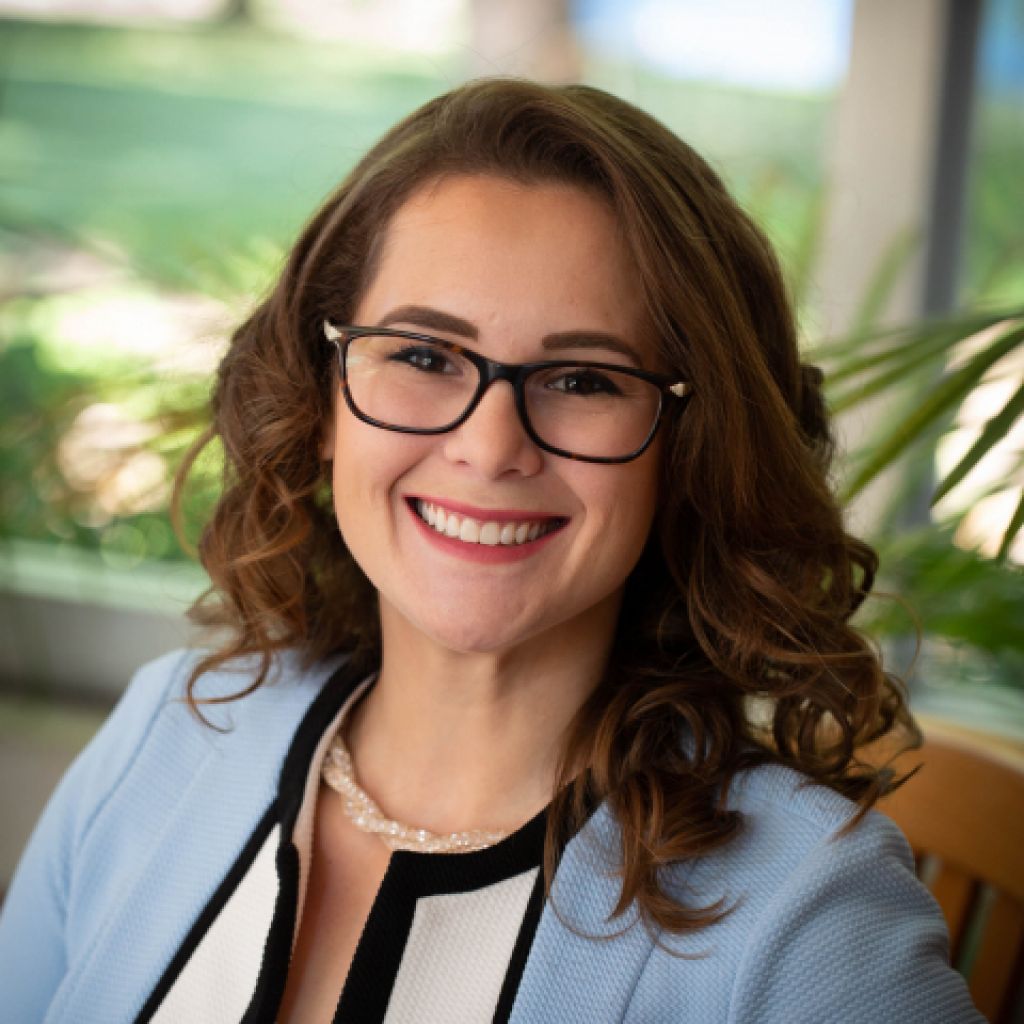
Real-Time and Comprehensive Antimicrobial Resistance Profiling: Erika Ganda
The Problem: Antimicrobial resistance (AMR) is a global threat and is estimated to account for 10 million deaths per year by 2050. Current methods for resistome tracking are labor-intensive or prohibitively expensive for broad surveillance purposes.
The Idea: Develop a real-time resistome profiling system based on the RNase Hdependent PCR (rhAMR). Use highly parallel multiplexed amplicon generation to enrich for AMR genes and sequence such genes using the pocket-sized sequencer Nanopore MinION. If successful, this method will revolutionize the surveillance and fight against AMR.
The Risk: Combining rhPCR with nanopore chemistry is a new approach to AMR that has not been previously attempted.
Collaborator: Jasna Kovac
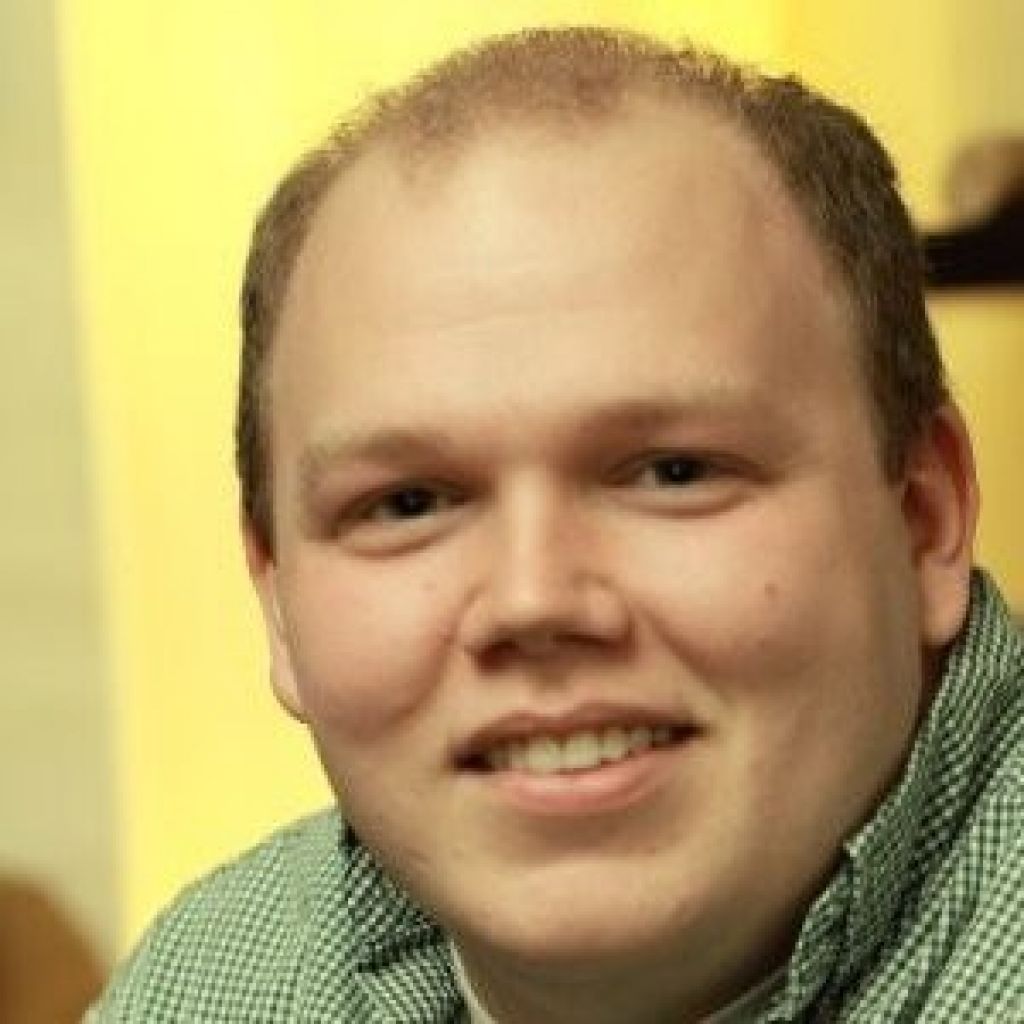
Reveal the Compositional and Structural Determinants of Functional Protein Condensates: Tony Pedley
The Problem: To date, no one has uncovered the compositional and structural determinants of the purinosome – a metabolon that is presently the only enzymatically active protein condensate.
The Idea: Develop novel chemical and microscopy methodologies to uncover the stoichiometry and folding states of enzymes that enable functional purinosomes in live cells. Ultimately, our research aims to reveal a fundamental, comprehensive and transformative understanding of the organization, regulation, and function of protein condensates.
The Risk: Advanced imaging reagents and technologies have never been established to study the compositional and structural determinants of functional protein condensates. Thus, this project faces a number of hurdles before it is ready for a conventional funding mechanism.
Collaborators: Stephen Benkovic, Xin Zhang, Ruobo Zhou
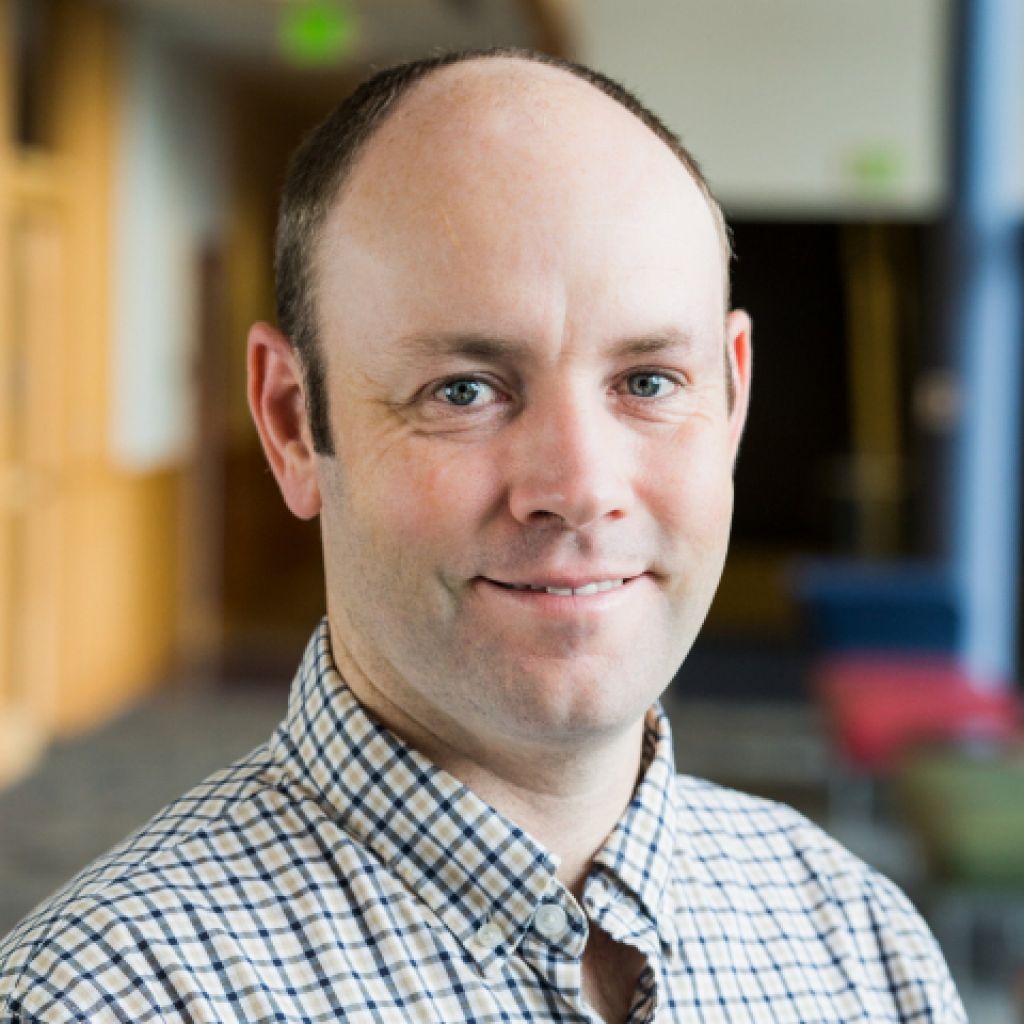
Using Host-Induced Gene Silencing To Fight Striga: Michael Axtell
The Problem: Striga (Witchweed) is a parasitic plant that has a devastating impact on maize and sorghum crops in Africa.
The Idea: Use advanced Host-Induced Gene Silencing to engineer transgenic maize that can silence Striga mRNA.
The Risk: A single previous study, using a more rudimentary approach and with flawed methodology, had disappointing results.
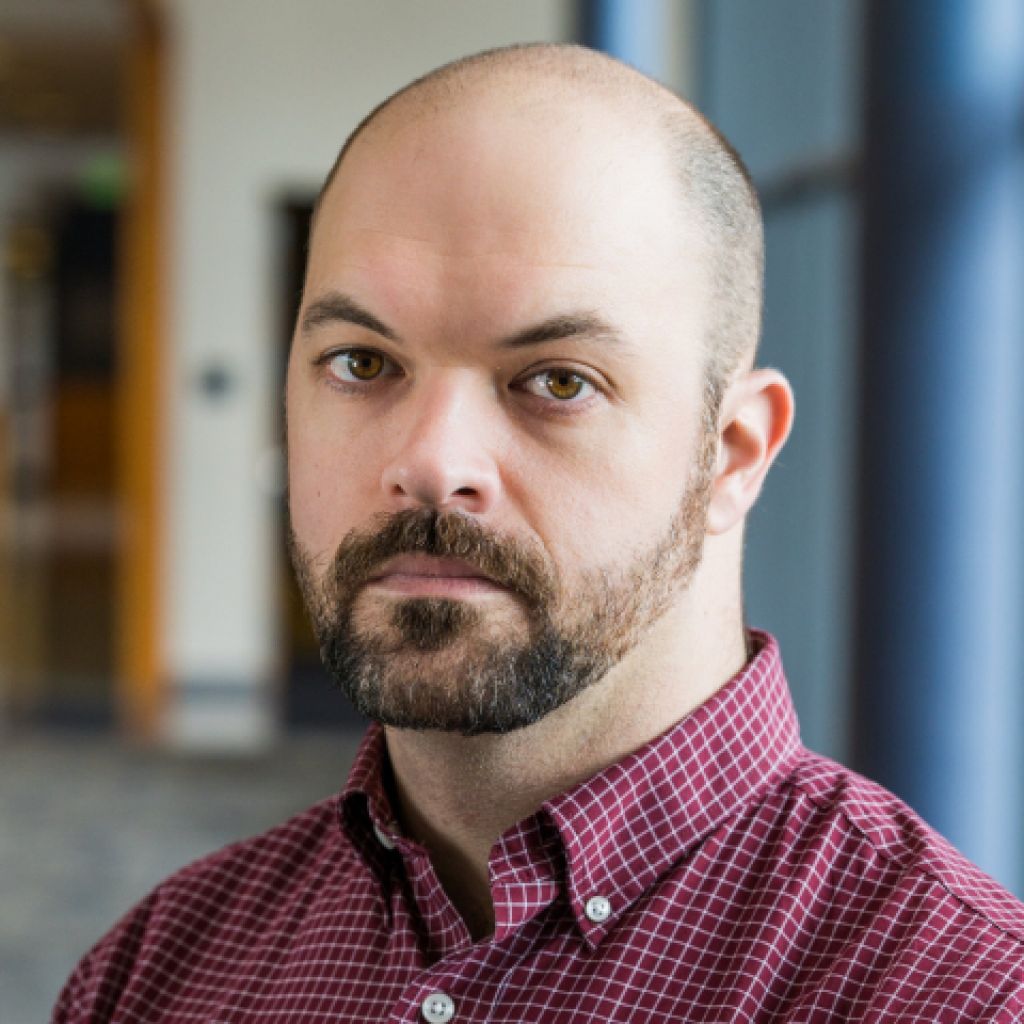
Demonstrating and Manipulating Mushroom Devomes: Kevin Hockett
The Problem: Our understanding of the role of microbes in the development of the common edible mushroom, Agaricus bisporus, is in its infancy.
The Idea: Use next-generation sequencing and physiology coupled to high throughput cultivation or serial enrichment to demonstrate and manipulate the devome (developmental microbiome) to alter mushroom development. In this way, establish A. bisporus as a model for studying the devomes of both cultivated and wild mushrooms.
The Risk: The critical microbes involved may not be either identified or isolated, and thus require complementary subtractive, additive, and passaging approaches that should each contribute to our understanding.
Collaborators: Carolee Bull and John Pecchia
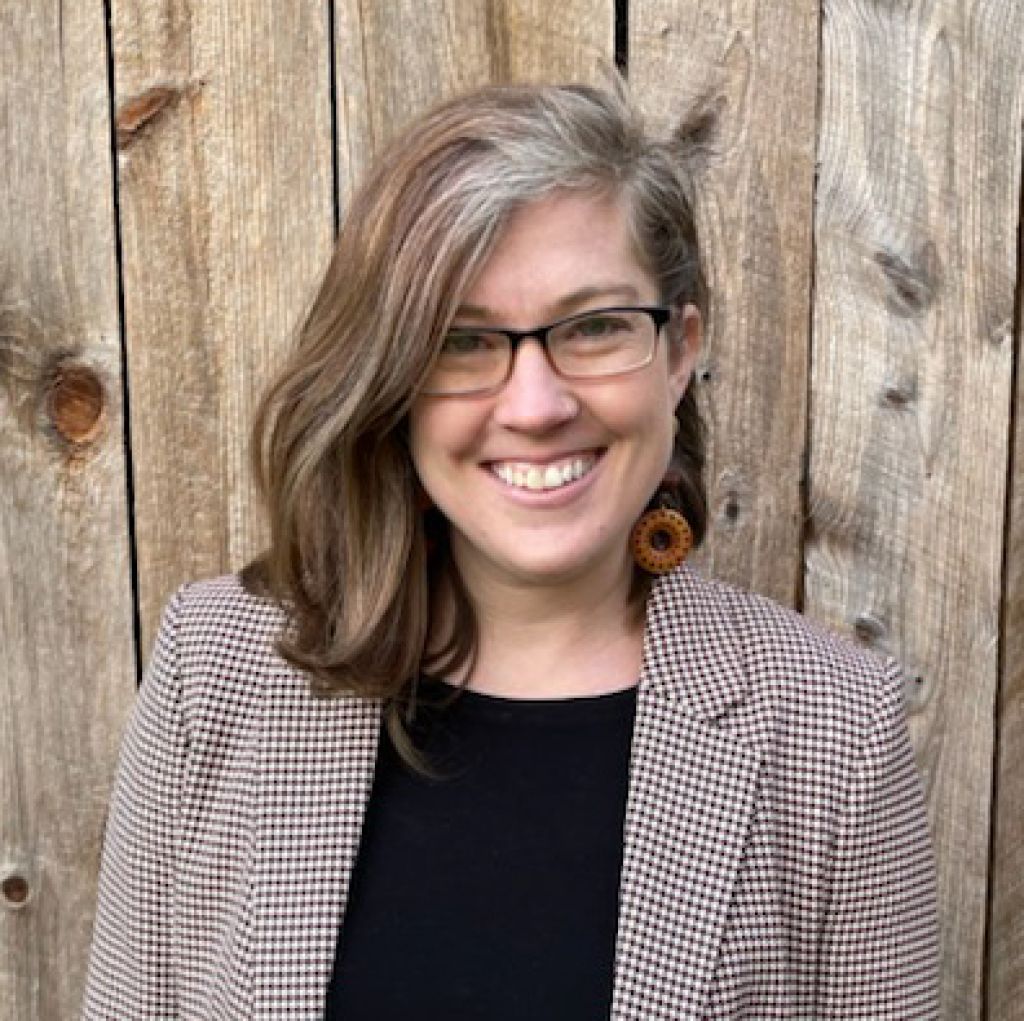
Developing Transgenic Mosquitos To Study Virus Interactions: Vanessa Macias
The Problem: Small RNA biology controls interactions between mosquitoes and viruses and may contribute to the evolution of new human viral diseases, but our understanding of the mechanisms involved is limited.
The Idea: Genetically engineer the genome of the mosquito species Aedes aegypti to express recombinant tagged proteins and synthetic piRNAs, addressing existing hurdles in small RNA study and creating a suite of transgenic mosquitoes that could revolutionize study of mosquito-virus interactions.
The Risk: The project involves genetic engineering techniques that have previously rarely been attempted, and never in mosquitoes; NIH NIAID reviewers have repeatedly dubbed this effort innovative, but overly ambitious.
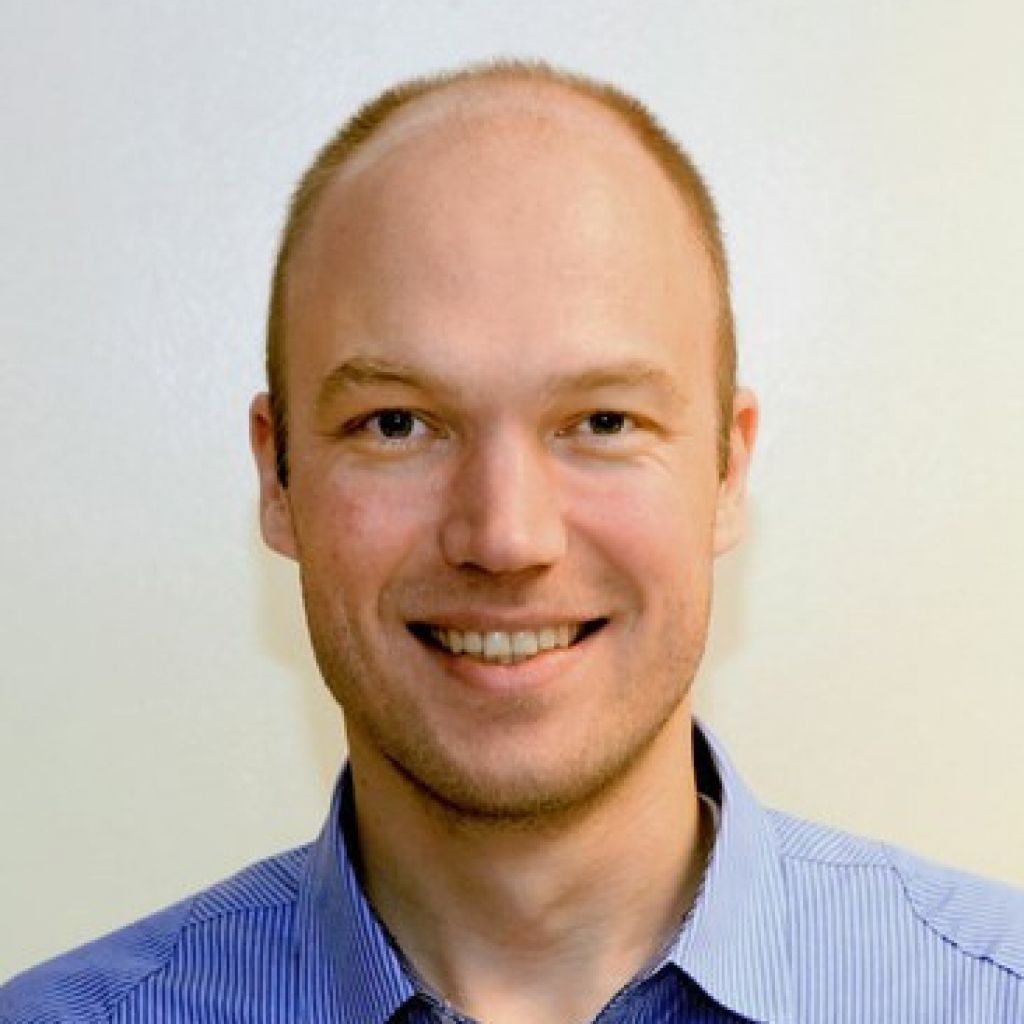
Seamless Microchip-Brain Interfaces In Invertebrates: Rudolf Schilder
The Problem: The most advanced computers have yet to match the complexity displayed by the human brain when performing simple tasks; scientific understanding is still restricted and even state-of-the-art approaches have serious limitations.
The Idea: Develop a microchip for use in moth brains that mimics biological synapses, enabling seamless brain-chip interfaces that open up new possibilities for measuring and stimulating brains; if successful, this could be the foundational work on feasibility of brain-chip interfaces in invertebrates and revolutionize brain science.
The Risk: The feasibility and efficacy of in vivo chip implementation is unproven and faces a number of potential hurdles before being ready for traditional funding mechanisms.
Collaborator: Jean-Michele Mongeau
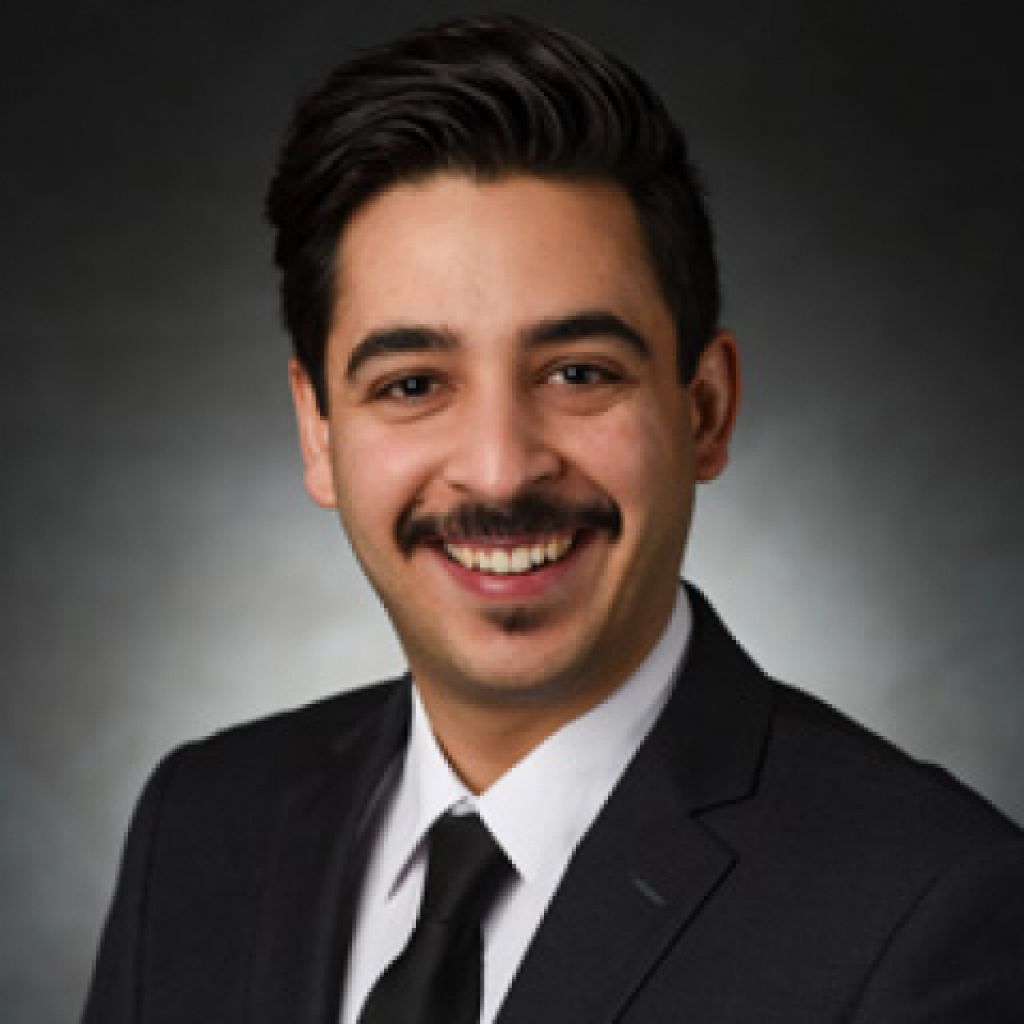
Engineering Hierarchical Vascularization in Vivo: Amir Sheikhi
The Problem: Within the burgeoning field of regenerative medicine, it is exceedingly difficult to repair damaged vascular structures within deep wounds to restore blood vessels to their original function.
The Idea: Combine a novel, micro-engineered biomedical scaffold with a unique microsurgical technique to make on-demand, rapid, and hierarchical tissue vascularization a viable reality.
The Risk: No comprehensive in vivo data exists to verify this technique’s viability.
Collaborator: Dino Ravnic
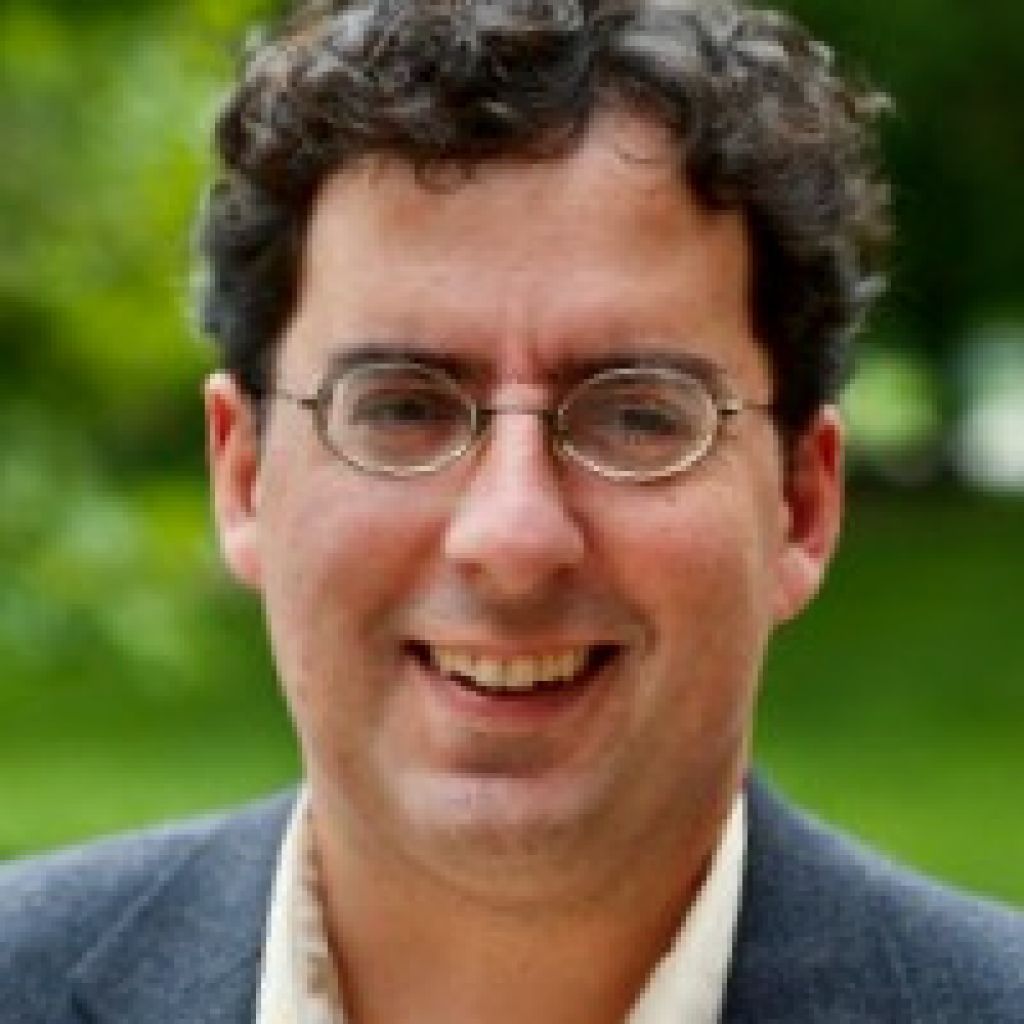
Advanced Mycelium Materials for Artificial Ovarian Tissue: Francisco Diaz
The Problem: Multiple diseases affecting the ovaries are in critical need of new and more effective treatments. Prosthetic ovarian transplants have proven beneficial in mice, but no viable option currently exists for human beings, largely due to the dramatically dynamic nature of the reproductive cycle.
The Idea: Engineer a prosthetic ovary built upon a biomedical scaffold composed of nontoxic fungal mycelium, upon which ovarian cells can be grown that will viably function throughout the reproductive cycle.
The Risk: This is a new, untested and unproven technique.
Collaborator: Josephine Wee
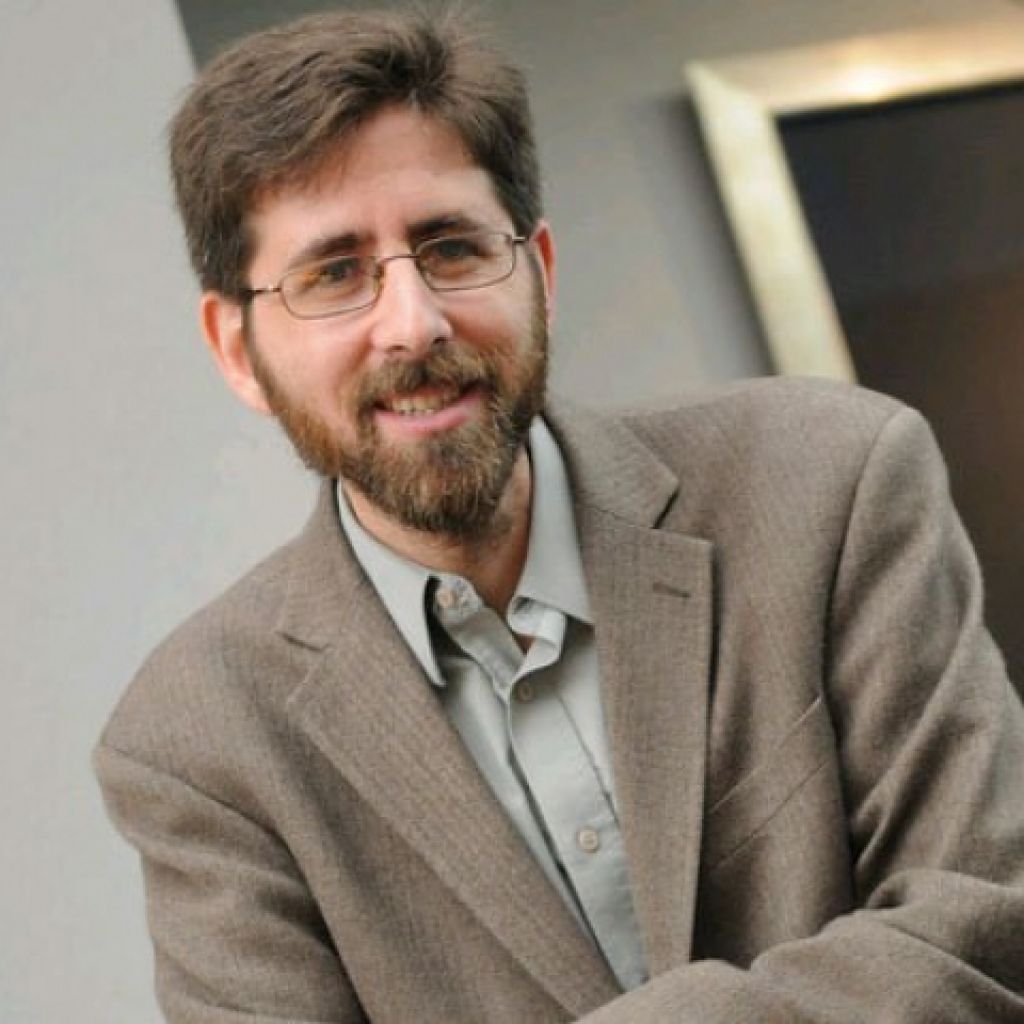
Engineering Artificial Endosymbiosis Using Synthetic Biology-First Principles: Jason Rasgon
The Problem: Although it’s well-established that many kinds of bacteria can be vertically transmitted into mosquitoes in order to successfully block transmission of diseases, no one has determined the specific mechanics of the endosymbiotic processes that make this work. The key question that must be answered to gain this kind of understanding is, “What makes a symbiont a symbiont?”
The Idea: Engineer a symbiont from the ground up, in order to study the biology of symbiosis in a tractable, controllable setting, thereby unlocking new ways to study evolutionary processes and develop clinical therapies. Specifically, engineer E Coli so that it will infect a mosquito ovary only and be passed down to the descendants.
The Risk: Because no one has ever tried to make an intercellular symbiont “from scratch,” it is completely unclear if this can work.
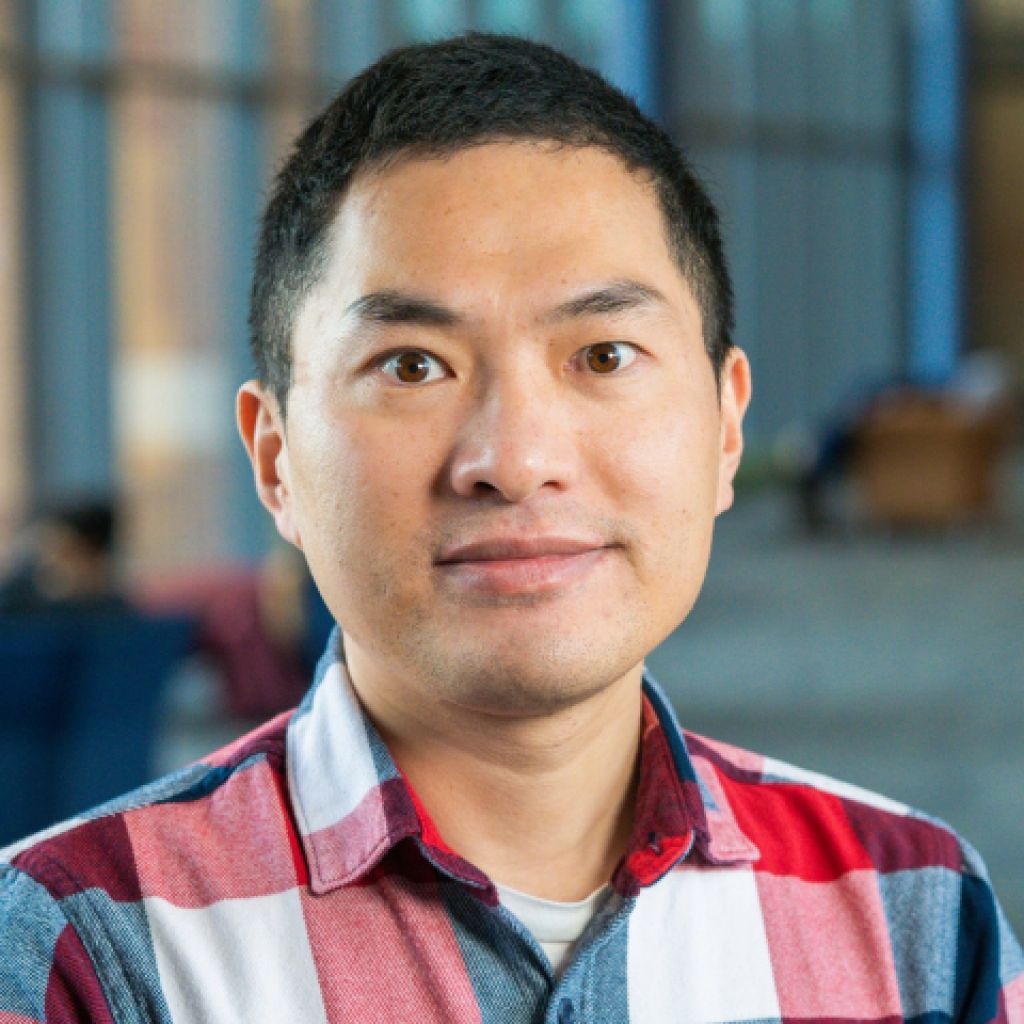
Simultaneous Activation of multiple transcription factors in iPCs for cell fate engineering: Xiaojun (Lance) Lian
The Problem: Deriving desired cell types for therapeutic use from induced pluripotent stem cells (iPCs) is slow and expensive.
The Idea: Radically accelerate the production of desired cells from iPSCs by altering multiple transcription factor genes at the same time.
The Risk: This is a completely novel and un-proven approach to molecular biology.
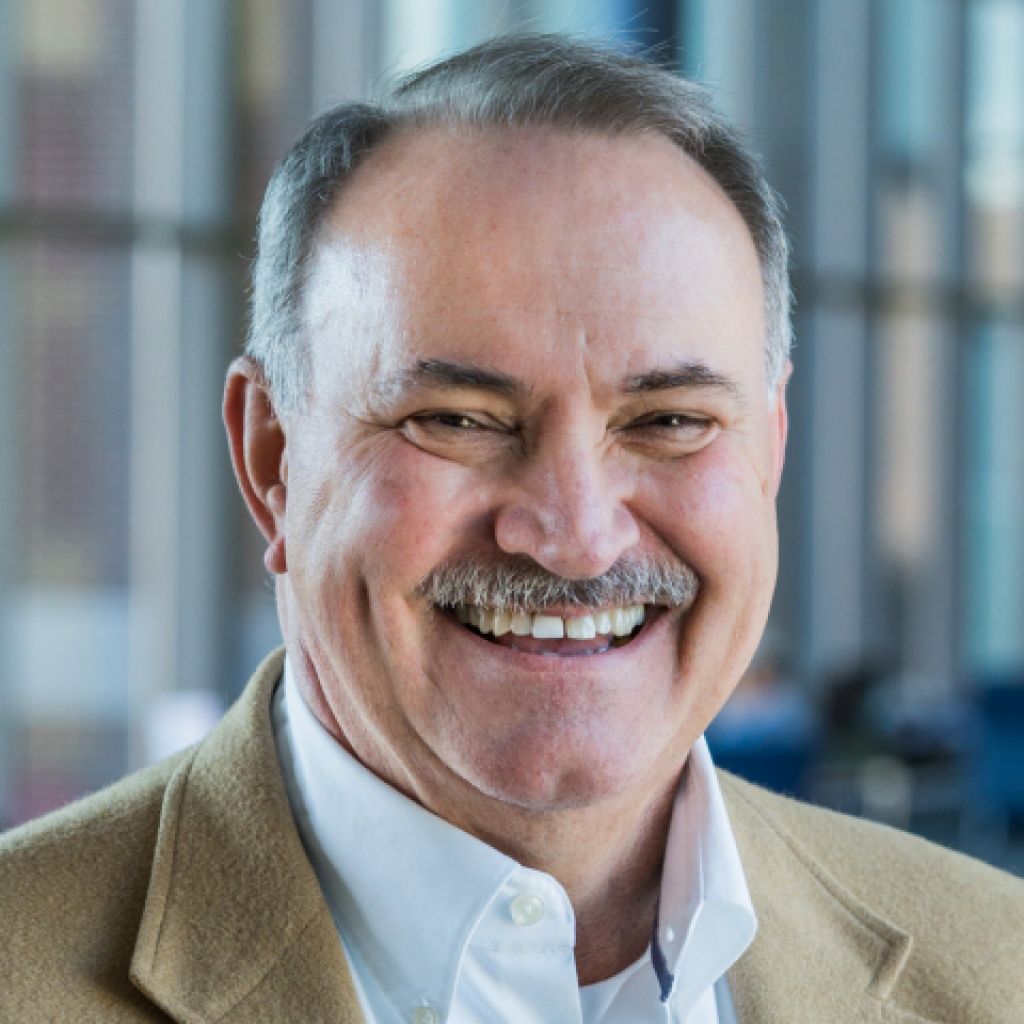
Iron Oxide Nanoparticle Formulations for MRI T1 Contract to Replace Chelated-Gd: James Adair
The Problem: Current materials employed in magnetic resonance imaging (MRI) scans involve significant health risks, and produce images that are insufficient for diagnostic targeting of diseased tissues in a variety of diseases.
The Idea: Test out the use of a safer, less expensive contrast agent for MRI imaging that capable of producing superior images that provide more useful diagnostic information.
The Risk: Not enough data has been gathered to verify that the alternative contrast agent can viably replace the current agent.
Collaborator: Thomas Neuberger

Rapid Chemotactic Identification and Separation of Target Proteins for Drug Discovery: Ayusman Sen
The Problem: Identification of unknown target proteins in a complex mixture for drug discovery is exceedingly difficult to achieve using current methods.
The Idea: Develop a novel, high throughput microfluidic technique capable of separating a target protein from a complex mixture by its binding to a specific ligand, in essence using chemotaxis for drug discovery.
The Risk: This is a novel and completely un-tested approach.